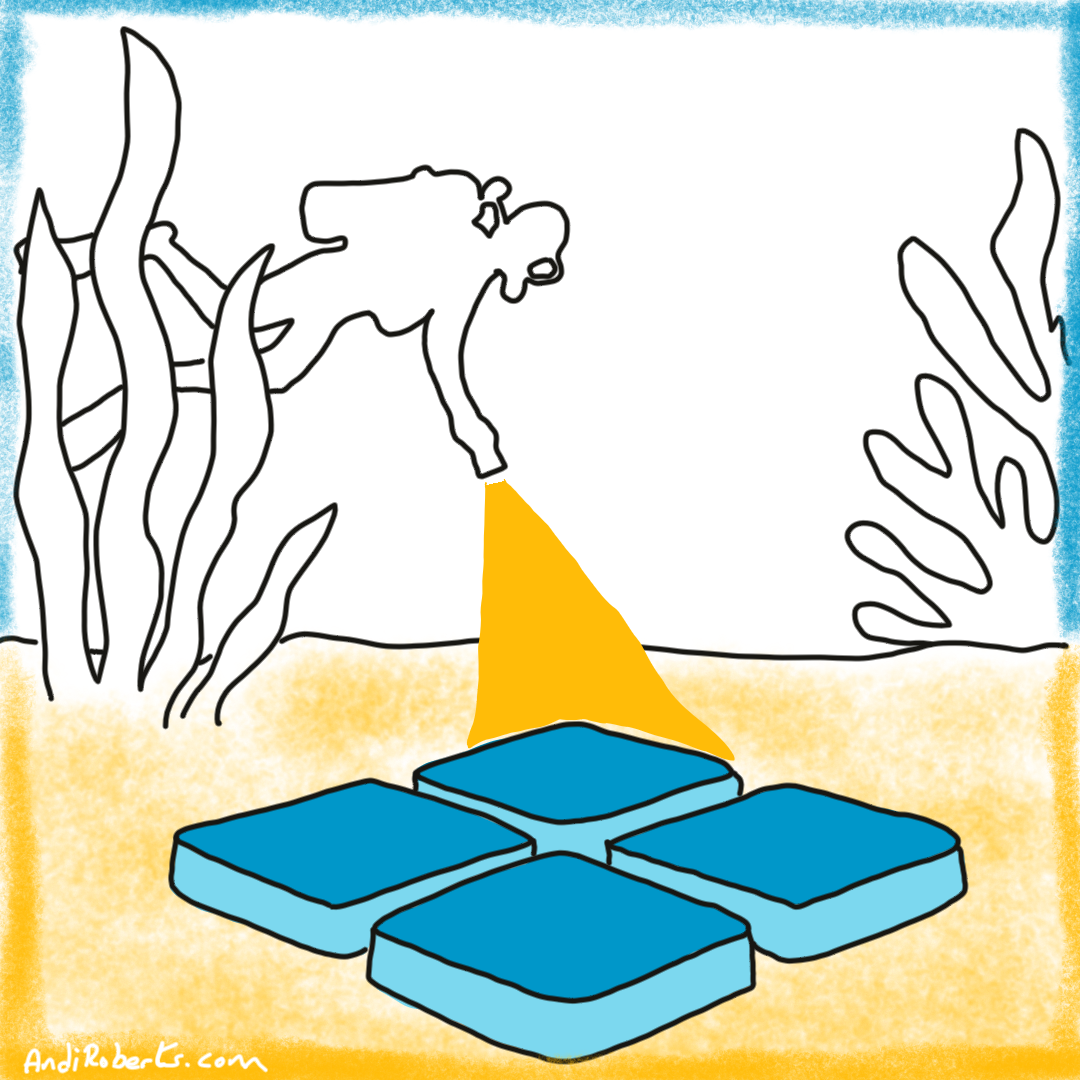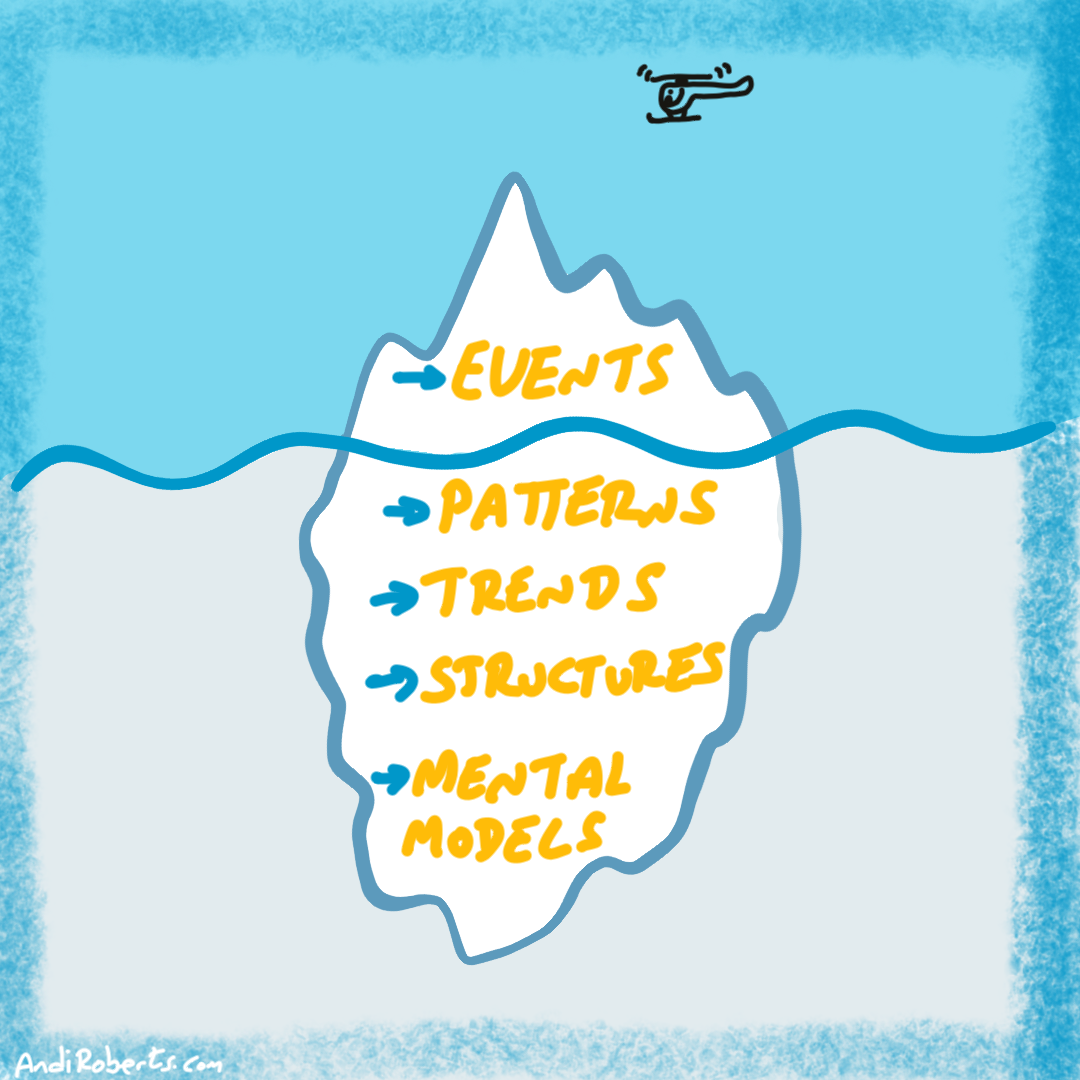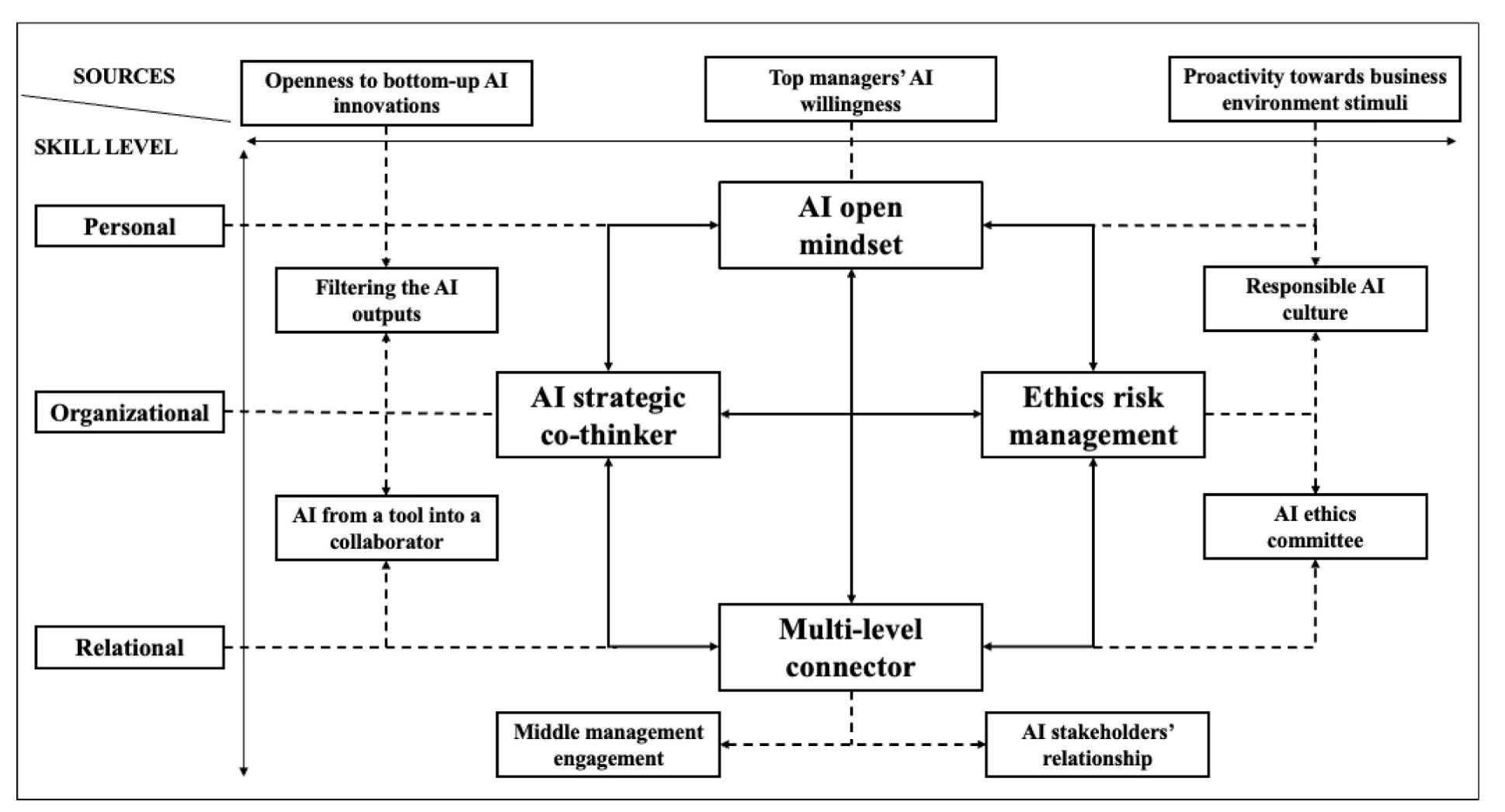In a recent executive programme I was running, we carried out the Case Clinic method from the Presencing Institute at MIT. One the review of the process, one participant said with quiet surprise, “It gave me time to think.” What landed for them was not just the content of the process, but the gift of space. Their comment reminded me of Nancy Kline’s Time to Think and her Ten Components of a Thinking Environment. In that moment, I saw something clearly: these practices are not just about good dialogue. They are, in fact, practices of stewardship.
Traditional leadership has been cast in the heroic mould, the visionary in the corner office who sets direction, carries responsibility, and embodies the solution. Peter Block reminds us this model “creates comfort in that it encourages dependency, entitlement, and constant looking at the corner office” . It promises safety, but at the cost of agency. People wait for the leader, rather than stepping forward themselves.
Stewardship is the alternative. It is the leader’s choice to place service above self-interest, and to distribute ownership for the whole . It means creating contexts where people no longer look up for answers, but across to one another. Nancy Kline’s Ten Components of a Thinking Environment are, in essence, a map for this shift. They embody what Block calls the leader’s unique power: not to solve problems, but to “change the context of where accountability and care for the whole reside” .
Practices for leaders: Stewardship through the ten components
Attention is the first gift of stewardship. Listening without interruption changes the balance of power in the room. When leaders hold back from completing sentences or leaping to solutions, they invite others to claim their own authority. It may sound ordinary, but in most organisations it is rare. The practice can be supported through simple rituals: beginning each meeting with a round where everyone speaks in turn, or holding listening sessions with no agenda except to hear what people are thinking. What matters most is not the technique but the spirit of service, that the leader chooses to dignify another’s voice rather than advance their own.
Equality asks us to treat one another as thinking peers, even in the presence of hierarchy. Too often the senior voices dominate, leaving the rest to comply rather than take responsibility. Equality distributes ownership and with it, accountability. Leaders can nurture this by rotating facilitation, giving different people responsibility for hosting conversations. They can also draw attention to patterns, who speaks most, who is quiet, who is missing, so the group sees itself more clearly. Equality is not sameness, it is the decision that responsibility cannot reside only at the top.
Ease is the antidote to a culture addicted to speed. Urgency is often mistaken for responsibility, but it is usually control in disguise. When leaders signal that “we have enough time,” they authorise people to think more deeply and choose more carefully. Creating moments of pause, building silence into agendas, or even naming the pace explicitly helps restore presence. This is not about being slow for its own sake, it is about reclaiming the depth that rush erodes. Stewardship asks us to trade drama for presence.
Appreciation shifts the atmosphere from fear to trust. In many workplaces, people hear only what is missing, which leaves them defensive and cautious. Naming what is good, and doing so regularly, creates the conditions where people step forward with confidence. Leaders can ritualise this by asking groups to notice what is working before turning to challenges, or by bringing into view the unseen contributions that often go unacknowledged. To appreciate is not to flatter, it is to recognise the ground on which genuine accountability can stand.
Encouragement breaks the spell of rivalry. Organisations that prize competition sustain fear and comparison, while stewardship requires courage and risk-taking. Leaders can model this by affirming experiments, even when they fail, and by asking questions that invite people to stretch: “What step feels risky but worth trying?” Over time, this replaces a culture of proving oneself with a culture of contribution. What matters is not who wins but who dares.
Feelings, when welcomed, bring clarity. Suppressed emotion rarely disappears; it turns into frustration or withdrawal. Leaders who allow feelings to surface affirm that people are whole, not just functions. This can be as simple as opening a difficult meeting with a check-in, “how are you arriving?”, or pausing when emotions arise rather than rushing past them. When feelings are acknowledged, energy is released, and the group can return to thinking with greater honesty. Responsible leadership does not edit out the human heart.
Information shared fully is an act of trust. When data is withheld, dependency grows and rumours fill the gap. Stewardship means transparency: people can only act responsibly with the whole picture. Leaders can practise this by opening the books, by saying clearly what is known and what is not yet decided, and by treating staff as partners in the truth. Far from diminishing authority, candour strengthens credibility. To keep information hidden is to hoard power; to share it is to distribute responsibility.
Difference enlarges the conversation. When groups silence or sideline difference, they remain trapped in their own assumptions. Stewardship depends on making space for voices not usually heard, and treating those perspectives as gifts, not as irritations. Leaders can bring this to life by noticing who is missing, by inviting the unpopular or challenging view, and by designing processes that draw out diverse perspectives before rushing to consensus. To honour difference is to protect freedom from the tyranny of sameness.
Incisive questions carry the power to set people free. Answers sustain dependency; questions invite agency. Nancy Kline reminds us that incisive questions cut through false assumptions, and Peter Block calls questions “fateful” because they determine our destinations . Leaders can practise this by resisting the urge to advise and instead asking: “What assumption are we making that might not be true?” or “What belief is holding us back?” Such questions help people discover their own power, which is the heart of stewardship.
Place, finally, speaks silently about worth. The quality of a meeting room, the shape of the chairs, the lighting, the care given to the virtual platform, all these communicate who and what matters. A neglected space tells people they are not valued; a thoughtfully designed one says the opposite. Leaders can attend to this by creating circles rather than rows, by ensuring comfort and equity in physical spaces, or by designing virtual gatherings that prioritise connection over content. Stewardship lives not only in what we say but in the environment we create.
A workplace example
Consider a leadership team facing a budget shortfall. The familiar, heroic script would have the chief executive open the meeting with a presentation of the numbers, followed by a directive plan to reduce costs. The group would nod, ask a few clarifying questions, and then leave to implement decisions they had little part in shaping. Efficiency is preserved, but accountability remains at the top.
Now picture the same scenario approached through stewardship and the Time to Think practices. The leader begins not with a slide deck but with a round: “Before we talk numbers, what do you most care about preserving in the way we serve our clients and colleagues?” Each person speaks without interruption. What emerges is not agreement but a picture of values the group holds in common.
The conversation then slows. Instead of urgency, the leader says: “We have enough time to do this well.” A pause is observed before turning to the data. When emotions surface, frustration, fear, even anger, they are acknowledged rather than suppressed. Someone names a gift: that in this room, difficult truths can be spoken without punishment.
As options are considered, the leader resists the urge to provide answers. Instead they ask an incisive question: “What assumption are we making about this shortfall that may not be true?” One manager realises they have been assuming staff cannot handle full financial transparency. By opening the books to the wider organisation, new possibilities emerge. Staff propose efficiencies and creative revenue streams that leadership alone had not seen.
The meeting ends not with a top-down decision but with shared commitments. Each participant leaves not only clearer on the financial reality, but also more accountable for sustaining the whole. The burden is lighter because it is shared. The shift is subtle but profound: from dependency to stewardship, from heroic rescue to collective ownership.
Reflective questions
-
When do I confuse urgency with responsibility?
-
How do I show others that their voice has equal weight with mine?
-
What is one practice I could adopt this week to treat listening as an act of service?
-
Where could I replace an answer with a freeing question?
-
What signals in my environment say, “You matter” and what signals say the opposite?
Closing thought
The work of stewardship is not heroic; it is humble, persistent, and relational. It trades answers for questions, control for trust, speed for presence. In weaving the Ten Components into daily life, leaders reimagine their role: not as carriers of responsibility, but as designers of contexts where accountability is shared. The question is no longer, “How do I inspire others to follow me?” but, “How do I create a context where others step into ownership of the whole?”
Do you have any tips or advice on this topic of thinking and stewardship?
What has worked for you?
Do you have any recommended resources to explore?
Thanks for reading!
References
Block, P. (2013) Stewardship: Choosing service over self-interest. 2nd edn. San Francisco: Berrett-Koehler.
Kline, N. (1999) Time to think: Listening to ignite the human mind. London: Cassell.
Kline, N. (2009) More time to think: A way of being in the world. London: Fisher King Publishing.





Leave A Comment